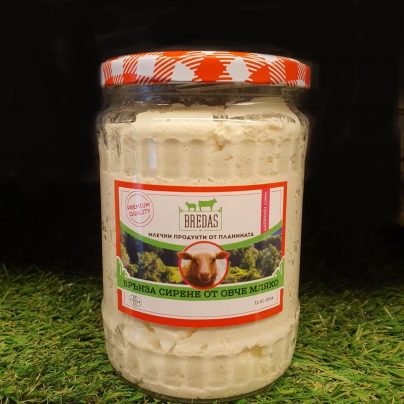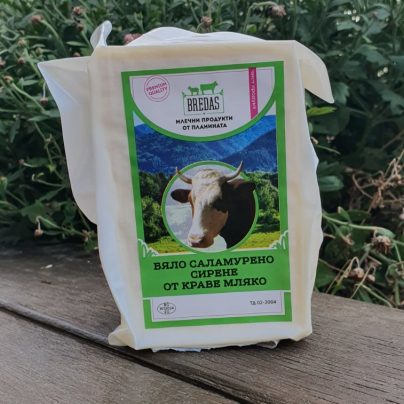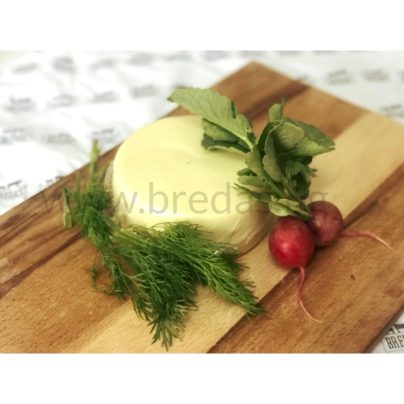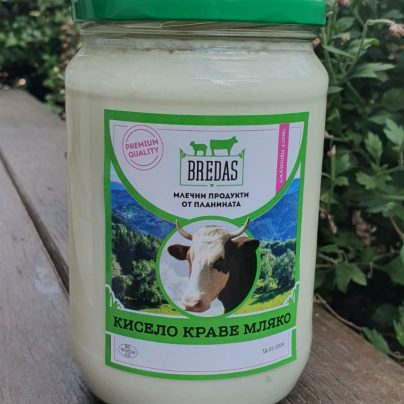Cow butter
Butter is a dairy product with high butterfat content which is solid when chilled and at room temperature in some regions, and liquid when warmed. It is made by churning fresh or fermented cream or milk to separate the butterfat from the buttermilk. It is generally used as a spread on plain or toasted bread products and a condiment on cooked vegetables, as well as in cooking, such as baking, sauce making, and pan frying. Butter consists of butterfat, milk proteins and water, and often added salt.
GRASS-FED DAIRY PRODUCTS
Milk from 100-percent grass-fed animals is much healthier than ordinary milk. It has a higher concentration of vitamins and antioxidants, fewer “bad” fats, and more “healthy” fats such as omega-3 fatty acids and CLA (conjugated linoleic acid). Grass-fed milk is also higher in nutrients like vitamin E, iron, and conjugated linoleic acid, a fatty acid that may play a role in preventing heart disease and obesity. Omega-6 and omega-3 fatty acids are essential human nutrients, yet consuming too much omega-6 and too little omega-3 can increase the risk of cardiovascular disease, obesity and diabetes. Research has shown that consuming organic dairy products lowers dietary intakes of omega-6, while increasing intake of omega-3 and conjugated linoleic acid (CLA), a heart-healthy fatty acid. A recent national study found that cows fed a diet of totally organic grass and legumes produced milk with elevated levels of omega-3 and CLA, which provides a markedly healthier balance of fatty acids. The improved fatty acid profile in grass-fed organic milk and dairy products brings the omega-6/omega-3 ratio to nearly 1 to 1, compared to 5.7 to 1 in conventional whole milk.
| Weight | 0.3 kg |
|---|




